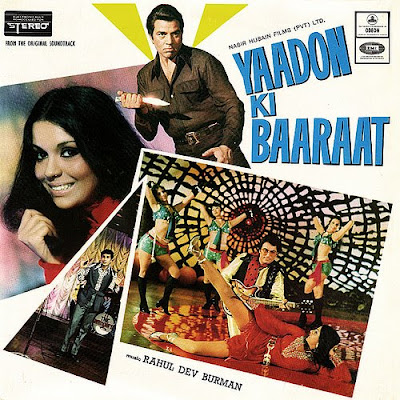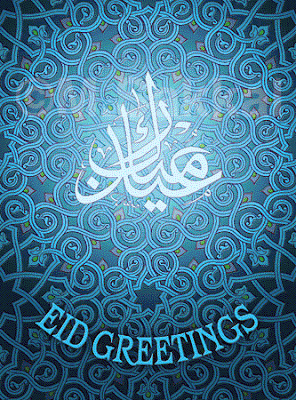
‘I wish I could remember all their names. My 20,000 ghosts. They all had names. Beautiful African names. We were apes, they were human.’
Gripping words from an equally gripping film called Amazing Grace (2006). Went to see it last night and was completely taken in by Albert Finney’s superb performance of John Newton, the very man whom I quoted above and also the same man who composed the world famous song ‘Amazing Grace’.
The song was inspired by Newton’s repentence as a former slave ship captain. Newton in turn inspired someone else: William Wilberforce. And it was this very Wilberforce consumed by his conviction of inhumanity of slavery, who eventually managed to abolish slavery. That was in 1807. The US followed suit in 1808. It took the Dutch until 1863 to do the same.
Wilberforce spent his lifetime trying to get slavery abolished, but the British parliament would not hear of it. After all, why end such an incredibly lucrative trade that had been integral to the West Indies sugar cane plantations filling the bank accounts of British merchants and literally pouring sugar into millions of cups of so-called English tea.
Wilberforce received support from men like the PM William Pitt and Josiah Wedgewood. Yes, the founding father of the famous Wedgewood pottery. It was Wedgwood who copied the original medallion design by the Society for Effecting the Abolition of the Slave Trade as a cameo in black and white.
The inscription 'Am I Not a Man and a Brother? ' became the catchphrase of British and American abolitionists. Medallions were even sent in 1788 to Benjamin Franklin who was then president of the Pennsylvania Abolition Society.
‘Amazing Grace’
Amazing grace, how sweet the sound
That sav’d a wretch like me!
I once was lost, but now am found,
Was blind, but now I see.
’Twas grace that taught my heart to fear,
And grace my fears reliev’d;
How precious did that grace appear,
The hour I first believ’d!
Thro’ many dangers, toils and snares,
I have already come;
’Tis grace has brought me safe thus far,
And grace will lead me home.
The Lord has promis’d good to me,
His word my hope secures;
He will my shield and portion be,
As long as life endures.
Yes, when this flesh and heart shall fail,
And mortal life shall cease;
I shall possess, within the veil,
A life of joy and peace.
The earth shall soon dissolve like snow,
The sun forbear to shine;
But God, who call’d me here below,
Will be forever mine.
Picture: the Offical Medallion of the British Anti-Slavery Society, 1795 Josiah Wedgwood





 Ghazals came to the Indian sub-continent from Persia in the 14th century. Unlike the physical love depicted in Indian erotic art, ghazals operate on the plane of poetic imagery and metaphor. They explore the many moods of love, from the ecstatic to the despondent. Ghazals also use human love as a mask to address many other aspects of the human condition.
Ghazals came to the Indian sub-continent from Persia in the 14th century. Unlike the physical love depicted in Indian erotic art, ghazals operate on the plane of poetic imagery and metaphor. They explore the many moods of love, from the ecstatic to the despondent. Ghazals also use human love as a mask to address many other aspects of the human condition.


































